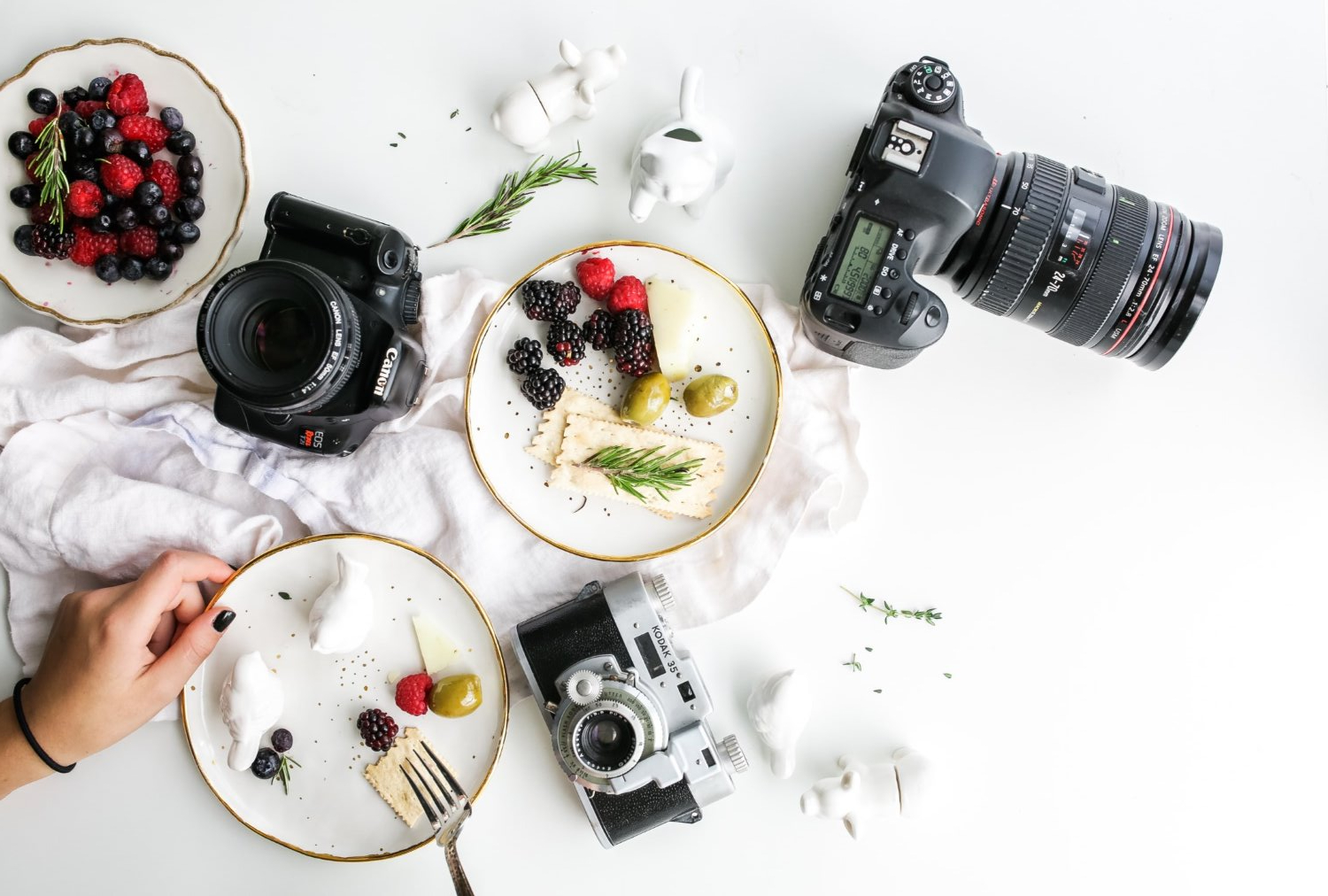Discover the principles of composition that transform your food photos from ordinary to extraordinary. Elevate your visual storytelling.
From Plate to Pixels: Mastering Composition in Food Photography
Introduction
Food photography has become increasingly popular in recent years, with social media platforms like Instagram showcasing stunning images of beautifully plated dishes. But capturing the perfect shot goes beyond just having a good camera and delicious food. Composition plays a crucial role in creating visually appealing and enticing food photographs. In this article, we will explore some tips and techniques to help you master composition in food photography and take your culinary images to the next level.
Food photography is a challenging but rewarding genre of photography. It requires a keen eye for detail, an understanding of lighting, and a mastery of composition. In this article, we will discuss the importance of composition in food photography and some tips for creating visually appealing images.
The Rule of Thirds
The rule of thirds is a fundamental principle in photography composition. Imagine dividing your frame into a grid of nine equal parts by drawing two horizontal and two vertical lines. The points where these lines intersect are known as the “power points.” When composing your shot, try placing the main elements of your dish along these power points or along the lines themselves. This creates a balanced and visually pleasing composition that draws the viewer’s eye.
Leading Lines
Leading lines are another powerful compositional tool that can guide the viewer’s gaze through your photograph. Look for natural lines or shapes within your dish or surrounding props that can lead the viewer’s eye towards the main subject. For example, a row of sliced lemons can lead the eye towards a beautifully plated fish dish. Experiment with different angles and perspectives to find the most effective leading lines for your composition.
Depth and Layers
Creating depth and layers in your food photographs adds visual interest and dimension to your images. Consider incorporating different elements at varying distances from the camera to create a sense of depth. For example, place a bowl of soup in the foreground, a slice of bread in the middle ground, and a stack of plates in the background. This creates a three-dimensional feel and adds depth to your composition.
Negative Space
Negative space refers to the empty or blank areas surrounding your main subject. It provides breathing room and draws attention to the focal point of your photograph. Don’t be afraid to leave some areas of your frame empty, allowing the viewer’s eye to focus on the dish itself. Experiment with different amounts of negative space to find the right balance for your composition.
Color and Contrast
Color is an essential element in food photography composition. Consider the color palette of your dish and choose props and backgrounds that complement or contrast with those colors. For example, a vibrant green salad can pop against a dark wooden background, while a red tomato sauce can stand out against a white plate. Experiment with different color combinations to create visually striking compositions.
Texture and Detail
Food photography is all about capturing the textures and details of the dish. Pay attention to the textures within your food, such as the crispy crust of a pie or the smooth surface of a scoop of ice cream. Highlight these textures by using lighting techniques that enhance shadows and highlights. Close-up shots can also showcase intricate details like the sprinkling of powdered sugar or the drizzle of chocolate sauce.
Symmetry and Balance
Symmetry and balance can create a sense of harmony in your food photographs. Experiment with symmetrical compositions by placing elements evenly on both sides of the frame. Alternatively, create balance by placing larger or heavier objects on one side and balancing them with smaller or lighter objects on the other side. This creates a visually pleasing composition that feels stable and well-structured.
Asymmetry
Asymmetry is a type of balance that creates a sense of movement and interest in an image. You can create asymmetry in your food photos by arranging the food in an unbalanced way, such as by placing it off-center or by using different sizes and shapes of objects.
Repetition
Repetition is a technique that can be used to create a sense of rhythm and pattern in an image. You can repeat elements in your food photos, such as the shape of the food, the color of the food, or the texture of the food. Repetition can help to create a sense of harmony and unity in your photos.
Conclusion
These are just a few tips for mastering composition in food photography. By following these tips, you can create visually appealing images that will make your food look delicious and inviting.
In addition to these principles, there are a few other things you can do to elevate your visual storytelling in food photography:
- Use a variety of angles. Don’t just take straight-on shots. Get down low or high up to create a more interesting perspective.
- Tell a story with your photos. Think about what you want to communicate with your images and use the elements of composition to help you tell that story.
- Use props and garnishes to add interest and depth to your photos. Props can help to set the scene and tell a more complete story about your food.
- Experiment with different lighting. Natural light is often best, but artificial light can also be used to create dramatic effects.
- Pay attention to the details. Make sure the food is clean and well-plated.
- Don’t be afraid to edit your photos. A little bit of editing can go a long way in improving the overall look of your images.
Remember, mastering composition in food photography takes practice and experimentation. Don’t be afraid to try different angles, perspectives, and arrangements to find what works best for your style and the dish you’re photographing. With time and patience, you’ll develop an eye for composition that will elevate your food photographs from ordinary to extraordinary. So, grab your camera, plate up a beautiful dish, and let your creativity shine through in every shot!

